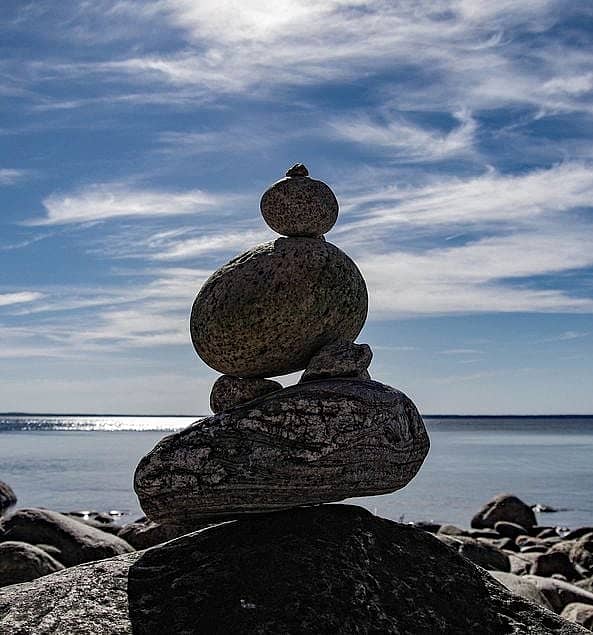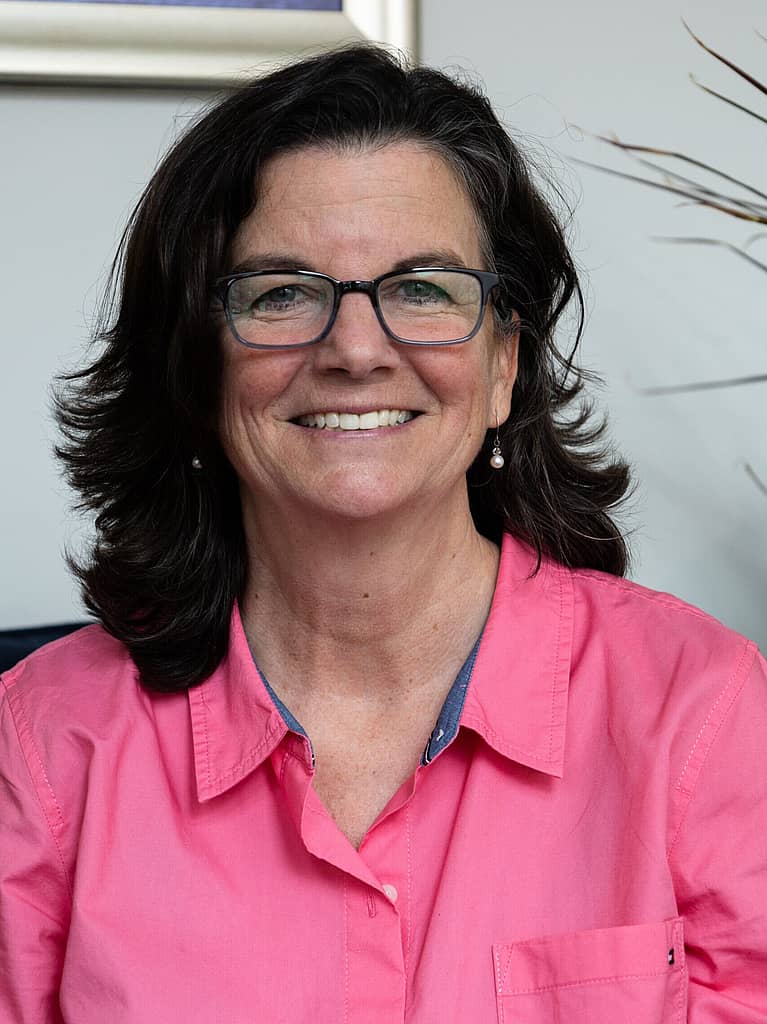I have always been passionate about two things: helping the lives of young people and mindfulness. In 2008, I was the Director of School Counseling at a boarding school in Colorado, and, as the recipient of a grant on Mindfulness Based Stress Reduction (MBSR), I was able to merge my two passions.
I went to a seven day retreat that was led by Drs. Jon Kabat Zinn and Saki Santorelli. For decades, they have pioneered MBSR and the integration of meditation and mindfulness into medicine and healthcare, and then they took the leading role in a national movement focused on integrating mindfulness into education. I wanted to be on the forefront and bring mindfulness to the students I worked with.
When I first learned about the opportunity, I thought, “Intensive training, I can do that! I have run two marathons and numerous half marathons. How hard could this be?” I had been developing my own mindfulness practice over the past few years and thought I was “ready” for the next step. Little did I know….
Our days began at 6 a.m. with a morning meditation and ended at 10 p.m. with an evening meditation. In the hours in between, for the next SEVEN DAYS and NIGHTS, we were SILENT, we engaged in periods of formal meditation practice, alternating sitting and walking meditation, interspersed with informal talks by Kabat-Zinn. Through this practice, we are challenged with the possibility of growing more deeply into ourselves and learning to live a life that really matters, in this moment, to understand how we fit into and belong in the larger world as well as within our own being.
I had come to fully understand the necessity of embodying my own practice before I could teach mindfulness to others. I understood I needed to maintain a deep personal commitment to continue to integrate mindfulness into my personal life so that I could integrate it into my professional life. Mindfulness is about practice, practice, practice.
One day during the retreat, I chose a walking meditation in a labyrinth. While I was walking, my thoughts drifted back to the boarding school and how I was going to integrate mindfulness with the students I worked with. I thought about many of the students and the re-emerging theme of stress and not being able to find a place or a way to de-stress.
There has never been a more anxious and depressed generation of teens. Longitudinal research shows that this generation feels isolated both socially and with their thoughts and feelings. The value of mindfulness cannot be overstated when it comes to helping heal this problem.
In this vain, students would often tell me there wasn’t anywhere to go on campus to be alone. I couldn’t understand. The school was located on 1,200 acres on a beautiful, serene campus at the base of a 14,000 foot peak. How could you not find anywhere to go? Then it hit me, not only did I need to begin teaching this practice to our students, I also needed to create a physical space for them to do it. I wanted to build a labyrinth on campus!
A labyrinth is unicursal, meaning you walk the same path going in and coming out. It is an ancient symbol that represents wholeness and is used to quiet the mind, find balance and encourage insight and clarity.
A labyrinth can be used for personal, psychological and spiritual growth. It is a metaphor for the journey to the center of yourself and back into the world with a greater understanding of who you are, a beautiful place that provides calm in a world of chaos.
Walking can provide peace and serenity and give awareness of one’s journey. When we live in the moment, something that this generation of technology obsessed teens so greatly struggles with, live consciously and reflect on our experiences, growth happens.
When I returned to campus, I spoke with the headmaster about teaching mindfulness classes and building a labyrinth on campus; he was fully on board! I was inspired to create a sense of place as well as a sense of peace for our campus.
I began working with the CFO and the Physical Plant Manager and created the vision. We reviewed the pattern for the 11-circuit labyrinth and developed a plan to involve the entire community to build the labyrinth. The pattern we used is similar to the labyrinth at Chartes Cathedral in France. It stretched across 70 feet with a 24 inch walking path that spans close to a quarter of a mile one way.
Once the pattern was completed and laid out on the ground, students, faculty, faculty spouses and faculty children gathered to lay the stone. It was a true community building event that was complete in several hours.
I began teaching freshmen a semester long class on mindfulness and using the labyrinth. We explored many of the challenges that adolescents are faced with such as decision making, drugs and alcohol, relationships, and managing stress.
During one of the classes, we walked to the labyrinth, I listened to the chatter amongst the students as they nervously talked about their first experience with exams in the coming week. I was inspired to hear them share their fears, stressors, anxiety as well as their excitement at having finished the first semester of boarding school. I explained to the students the history of the labyrinth and introduced them to walking meditation. I encouraged them to settle into their natural pace as they walked, and to focus on their breathing, allowing their minds to grow calm and peaceful.
Silence fell upon the group with the background noises of water rippling on the pond, leaves blowing in the wind and birds singing their songs. Twenty-one freshmen walked their walk, experiencing the power of mindfulness and the labyrinth for the first time. When I asked the students after to share their experiences, I heard words like calming, peaceful, quiet, focused, connected and less stressed. Teaching students mindfulness and how to use the labyrinth was everything I hoped it could be….and so much more. We had truly created a sense of place and a sense of peace, we had tools to help them on their journey.


